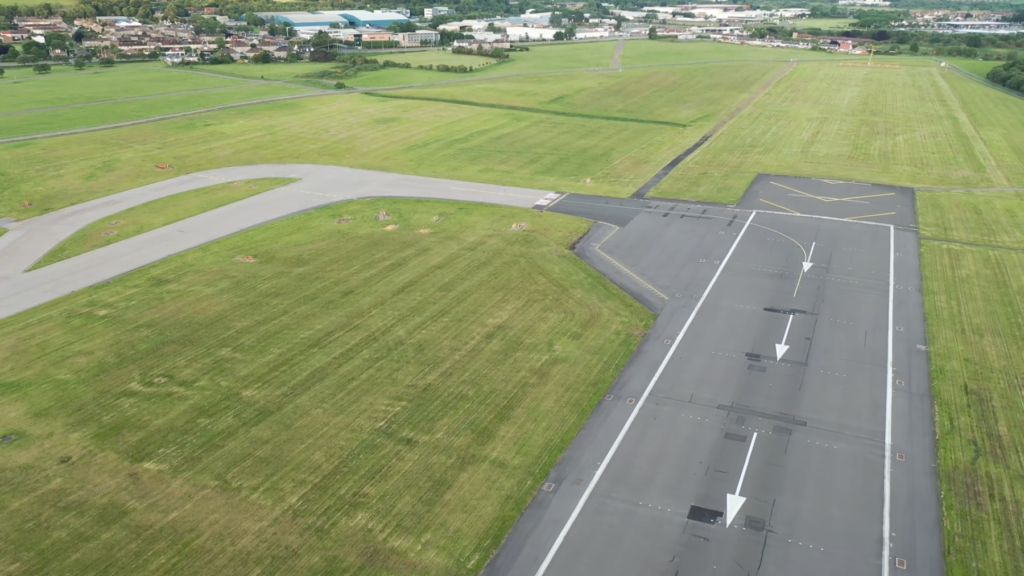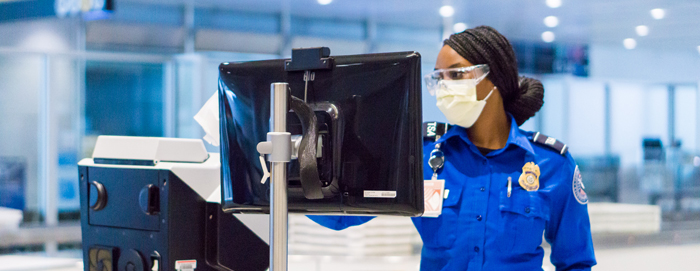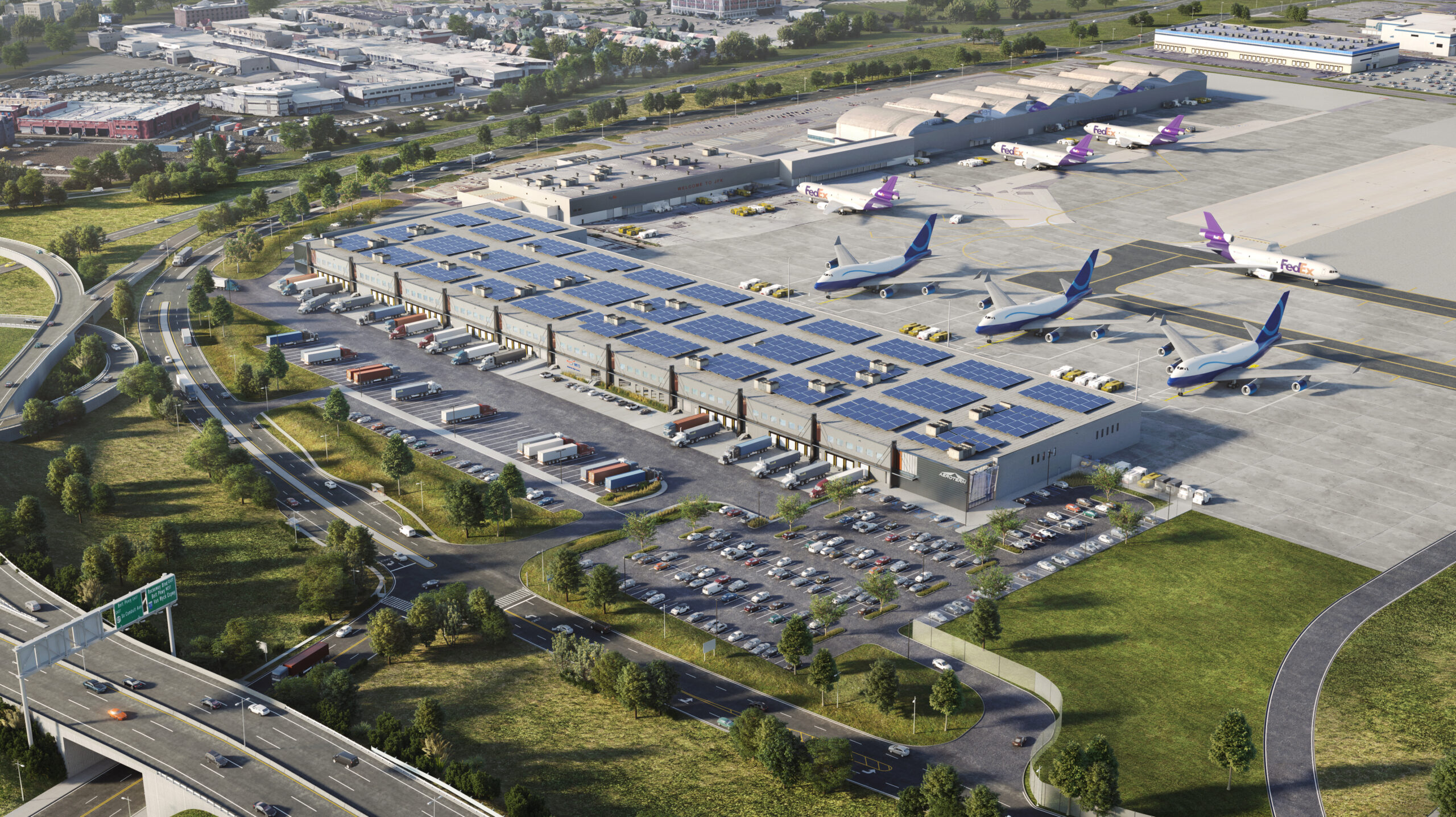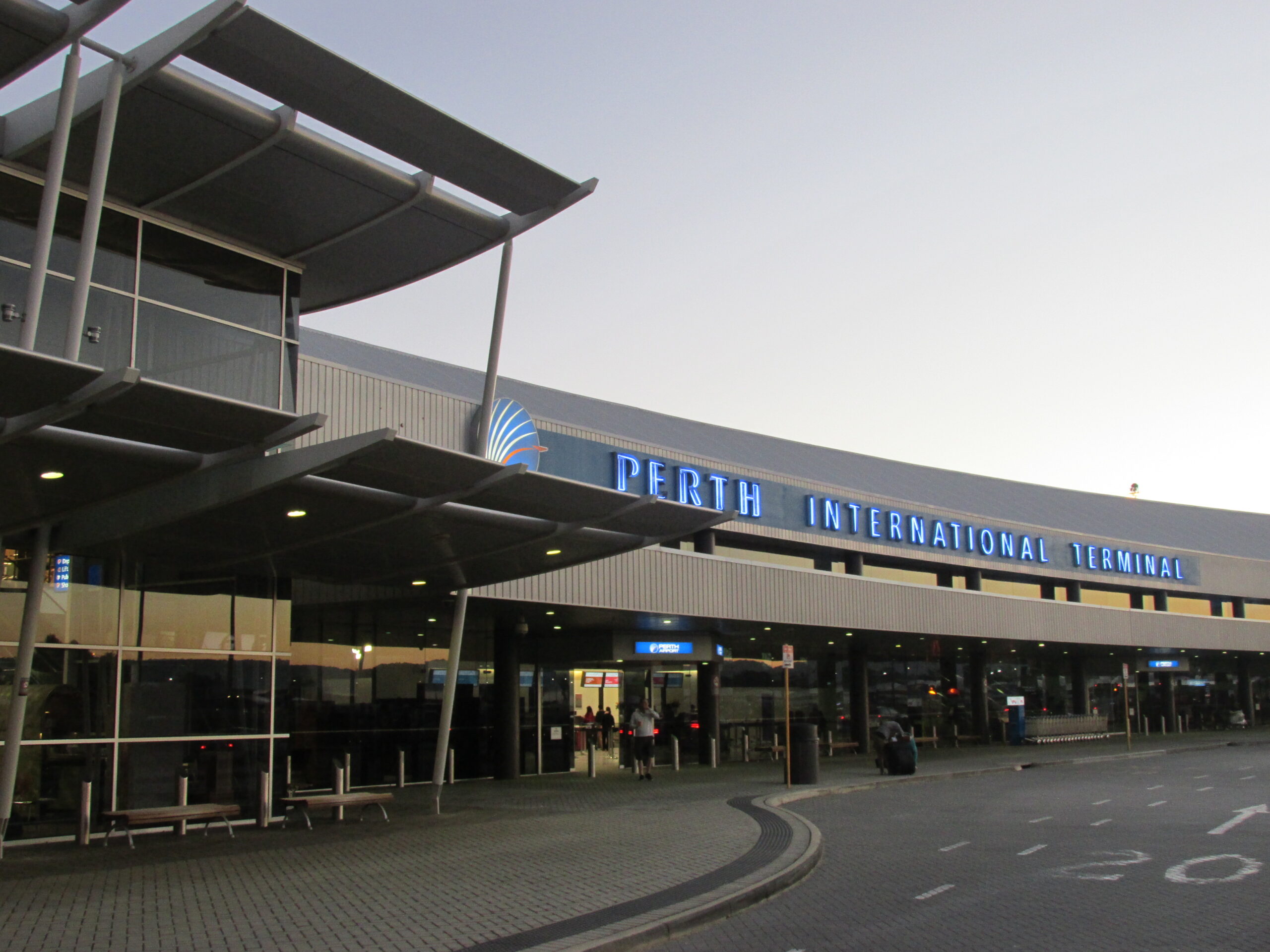Greater Good – Edinburgh Airport’s Strategy for a Sustainable Future
An eleven-acre solar farm is to be constructed on Edinburgh Airport’s airfield as the airport publishes its sustainability strategy, Greater Good.
The announcement and strategy comes on the same day as the airport confirms carbon neutral status for emissions under its direct control, demonstrating its commitment to a more sustainable future.
The solar farm, the first of its kind at a Scottish airport, will provide 26% of the airport’s energy needs and construction is due to begin later this year. The facility is expected to be operational next summer.

The project is one element of the airport’s new sustainability strategy, Greater Good, which sets out how the airport will work towards being more sustainable now and in the future. An important characteristic of the strategy is the fact that a sustainable future depends on not only reducing environmental impacts, such as carbon, but also how the airport manages and enhances its social and economic impacts.
The Greater Good strategy focuses on four key pillars to achieve a sustainable future for the airport:
- Zero Carbon – working in partnership to improve our approach to climate change
- Enhancing Scotland – creating an airport to showcase the best of Scotland whilst delivering the best passenger experience possible
- Scotland’s Best Business – as a hub and facilitator industry, we will work with our people, passengers and partners to create a business with integrity
- Trusted Neighbour – working with our neighbouring communities we will share the benefits of sustainable growth with them and mitigate any negative impacts
The strategy has a number of targets within it, such as such as achieving carbon neutrality for direct emissions by 2024, establishing a campus wide sustainability standard as well as a Cleaner Engine Standard. The Greater Good strategy also takes into account some of the work already being carried out at the airport, such as purchasing 100% renewable electricity since 2018, diverting all waste from landfill, paying all staff the Real Living Wage and our commitment to the Modern Slavery Act.
Chief Executive of Edinburgh Airport, Gordon Dewar, said:Our sustainability strategy is about more than just carbon; it’s about making our business, Scotland’s gateway to the world, sustainable and a social and economic asset that serves future generations. To do that, we have to carefully consider our impact on the environment and act accordingly. Our operations are already carbon neutral and while we are proud of that, we know there is more to do for the greater good of Scotland.
For an island economy, travel is an important reality and we need to have a sensible conversation about how to balance the desire and need to travel – whether to see family or do business - in the wake of the pandemic and making our industry cleaner and greener. It’s a challenge for all sectors but particularly for ours.
Aviation is a force for good in Scotland. It’s a significant employer and it directly supports tourism, our universities, business and culture, making a major contribution to the economy. “A sustainable future is what we all want and in the year that COP26 comes to Scotland we all have a duty to set out our plans to tackle emissions. We’re excited to get started on that path with the ambitious actions and targets set out in Greater Good.
On the construction of the solar farm:
Dewar, added:We are excited to be the UK’s first airport to construct a solar farm on an airfield. Some may doubt the power of sun in Scotland, but our solar farm will deliver around 26% of our energy needs and allow us to deliver energy back into the grid when we produce more than we need.
This project illustrates our commitment to making environmental improvements and is something passengers will actually be able to see as they arrive or depart. We want to be a leading voice and advocate for a new and improved approach. We will continue to identify opportunities to help us move towards our goals because we know Greater Good will evolve with the climate landscape.
This article was originally published by Edinburgh Airport Limited.














